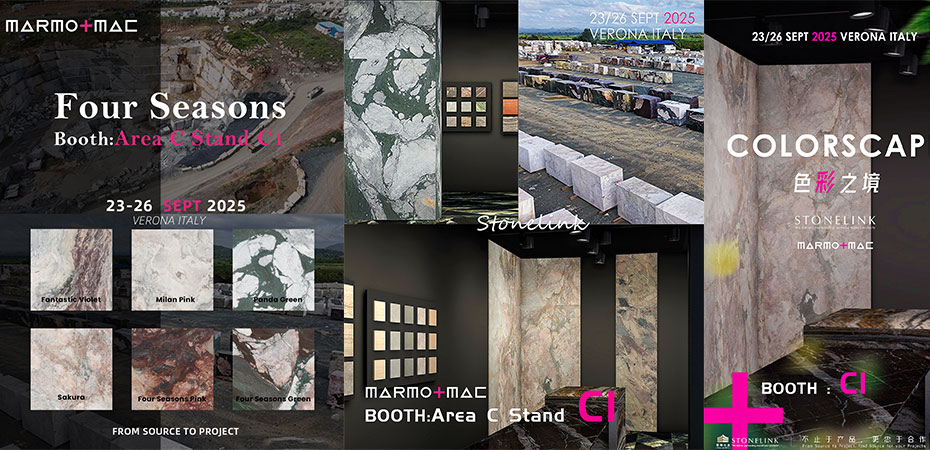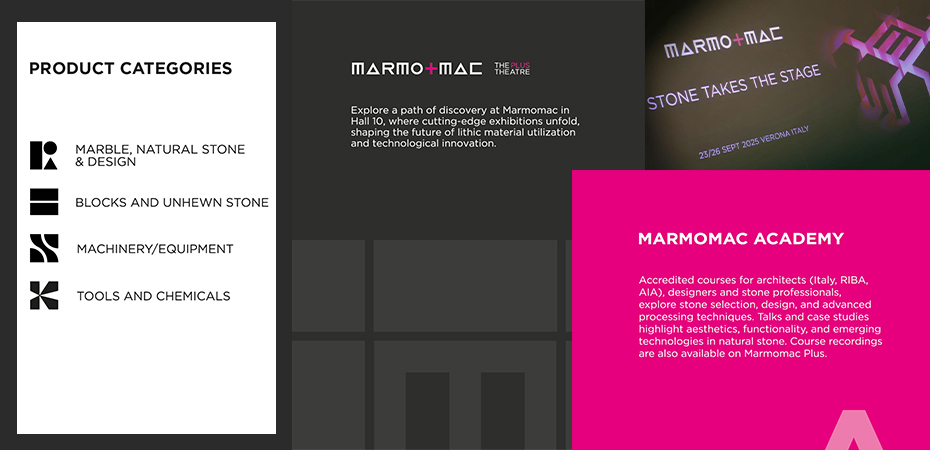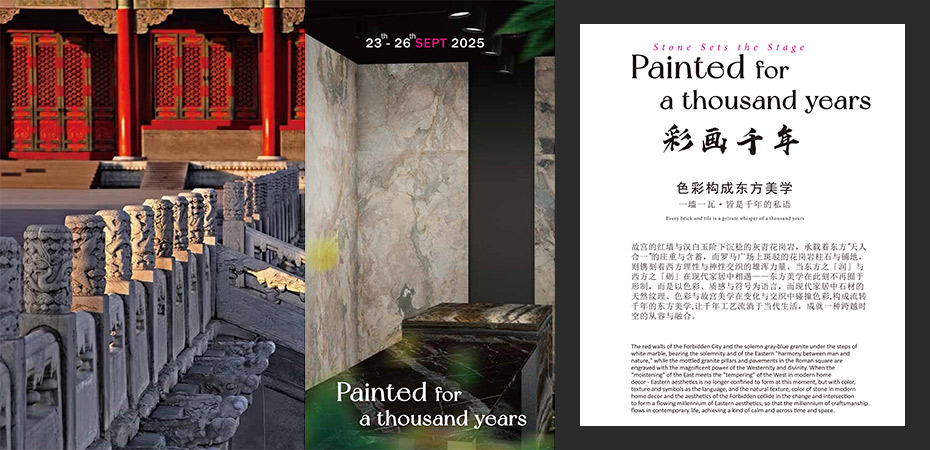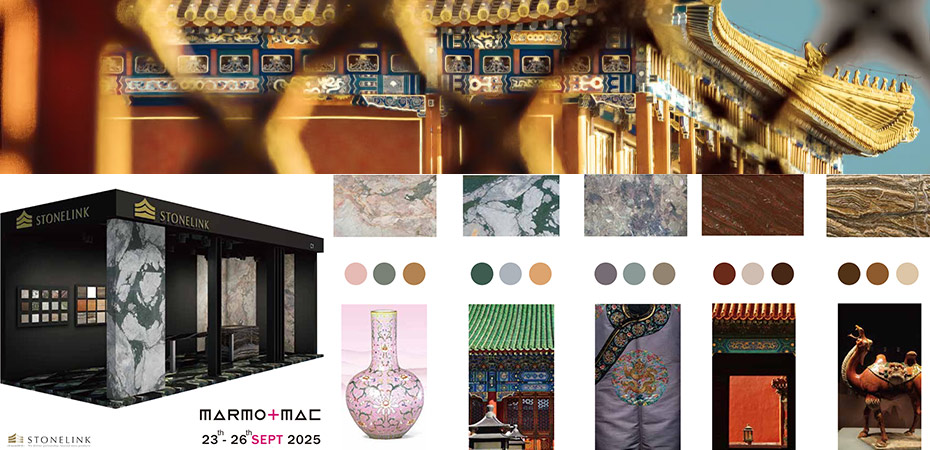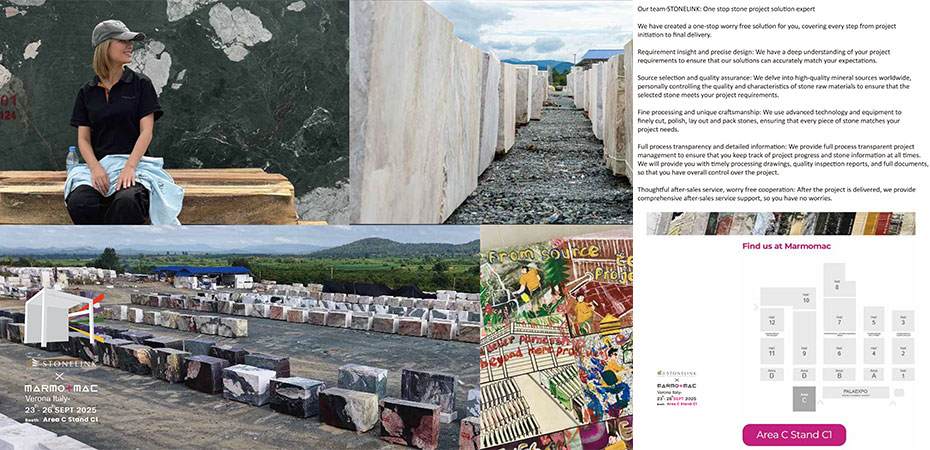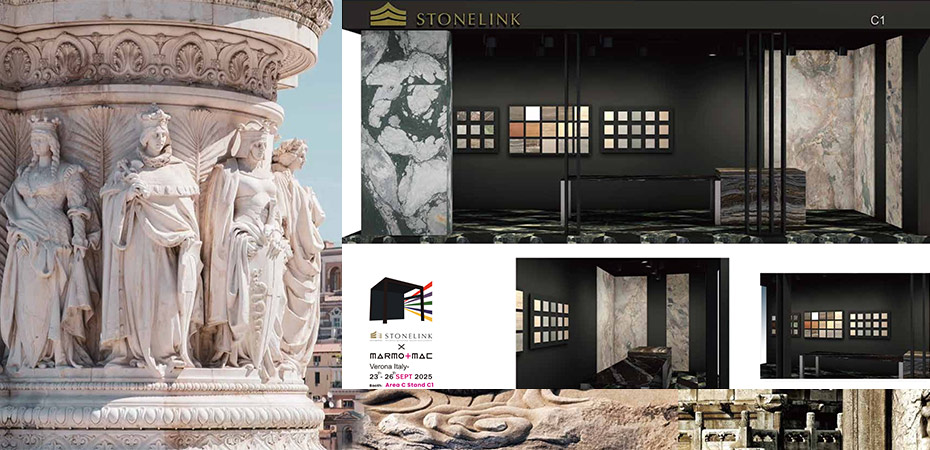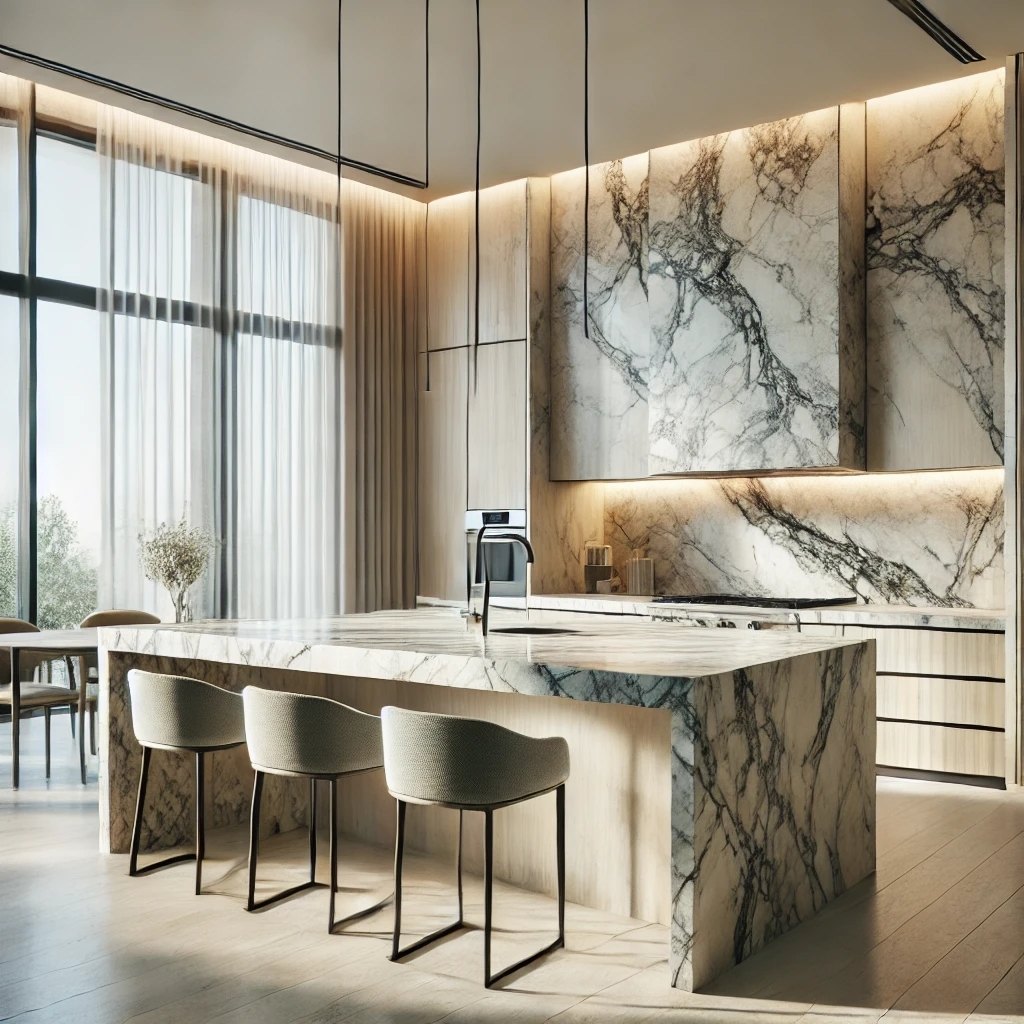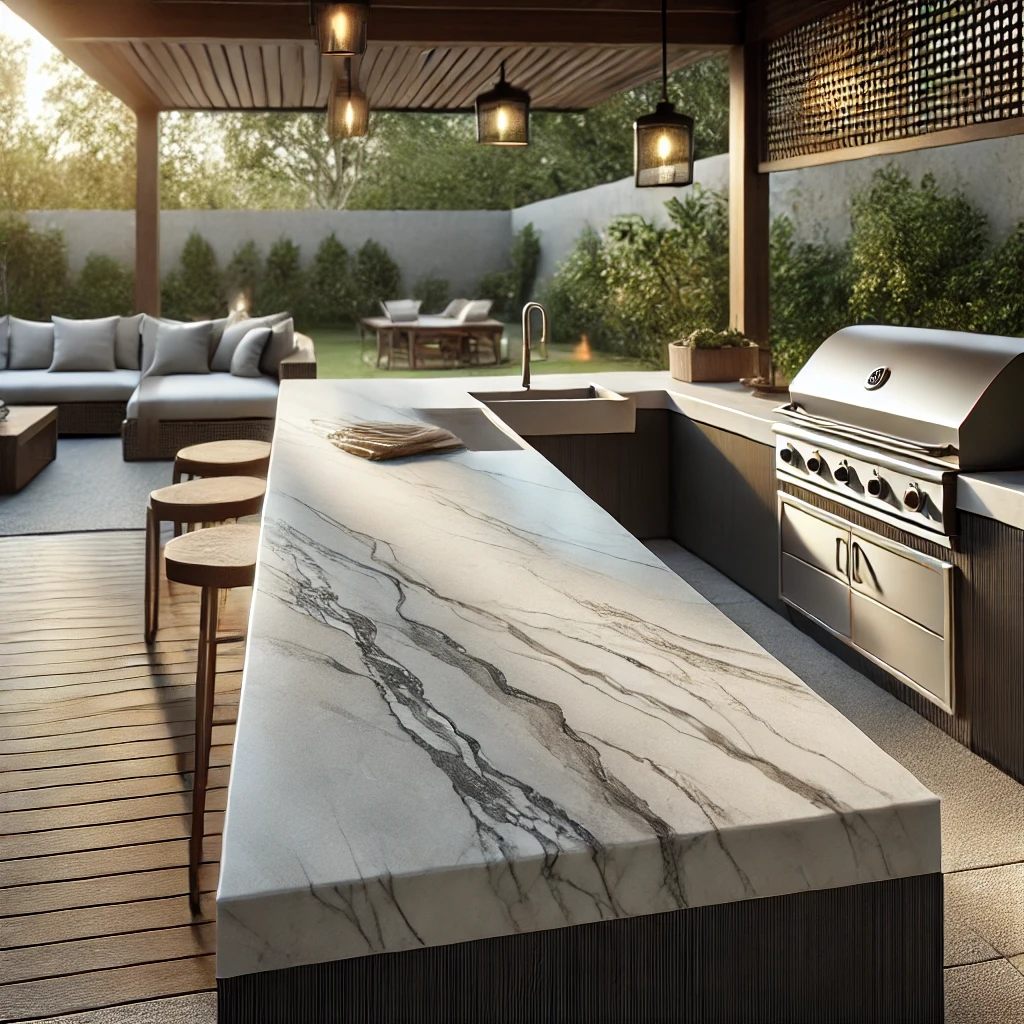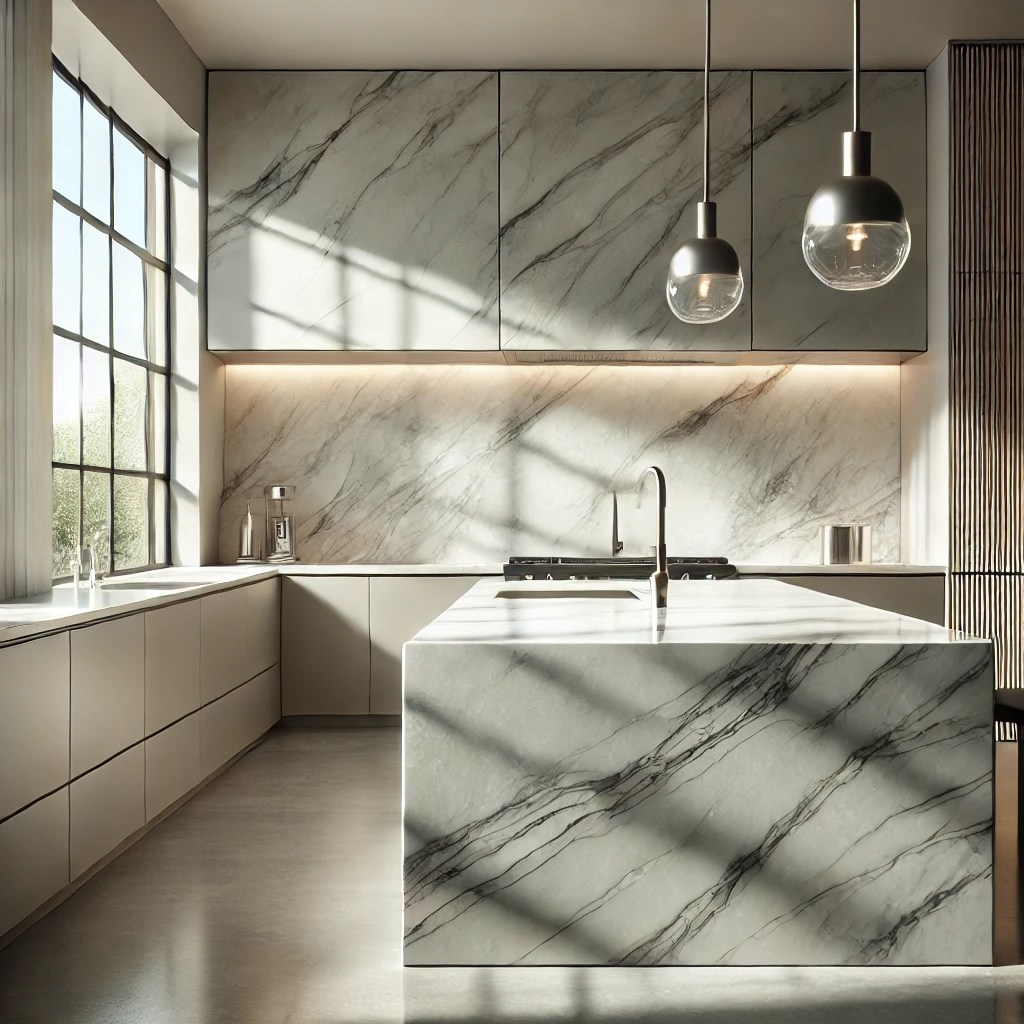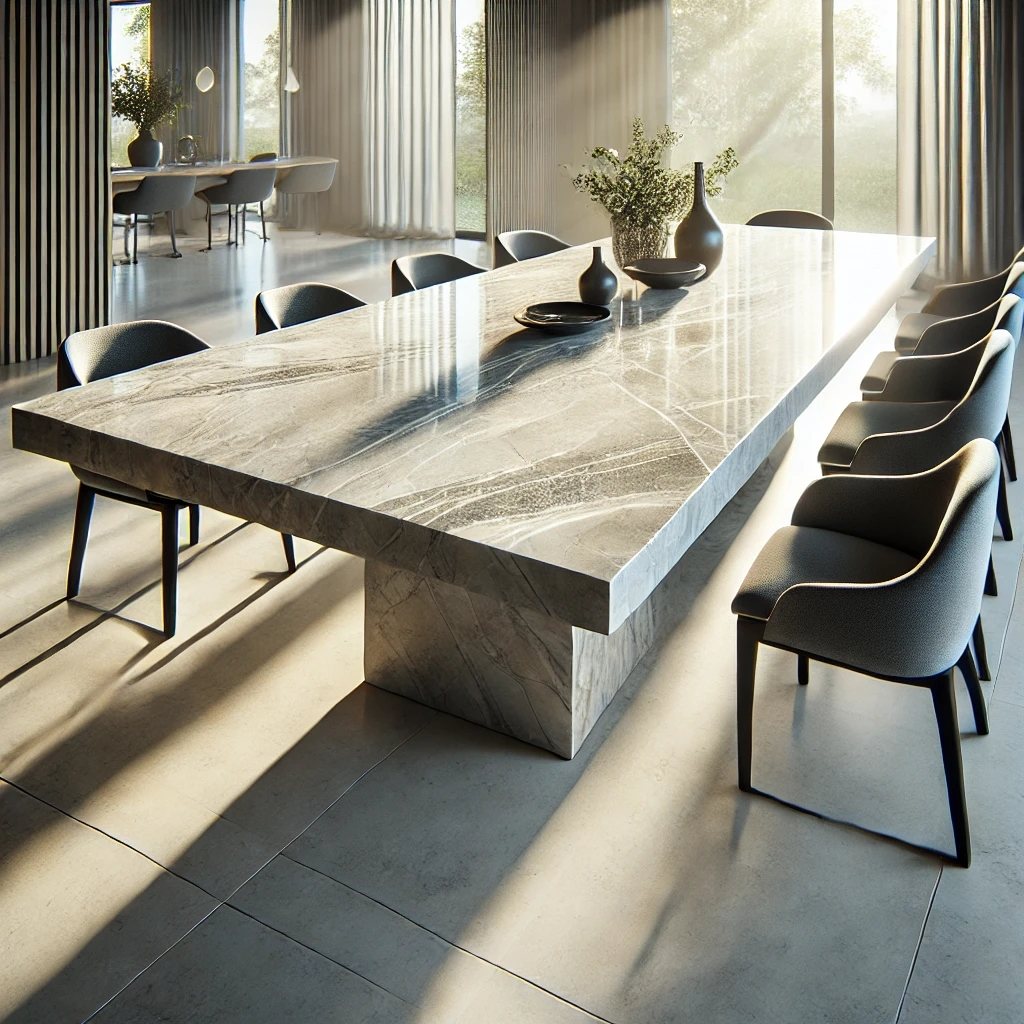Is This the Future of Stone Design? Highlights from Marmomac 2025 in Verona
The 2025 edition of Marmomac, held in Verona, Italy, once again reaffirmed its reputation as the world's leading exhibition dedicated to natural stone, technology, and design innovation. Gathering thousands of architects, designers, artists, and stone manufacturers, this year's show offered a stunning panorama of creativity and craftsmanship — where centuries-old materials met cutting-edge ideas.
From monumental sculptures to minimalist furniture, from intricate stone facades to avant-garde decorative pieces, the event became a living gallery that redefined how stone can shape the spaces we inhabit.
1. Sculpture: Where Heritage Meets Modern Expression
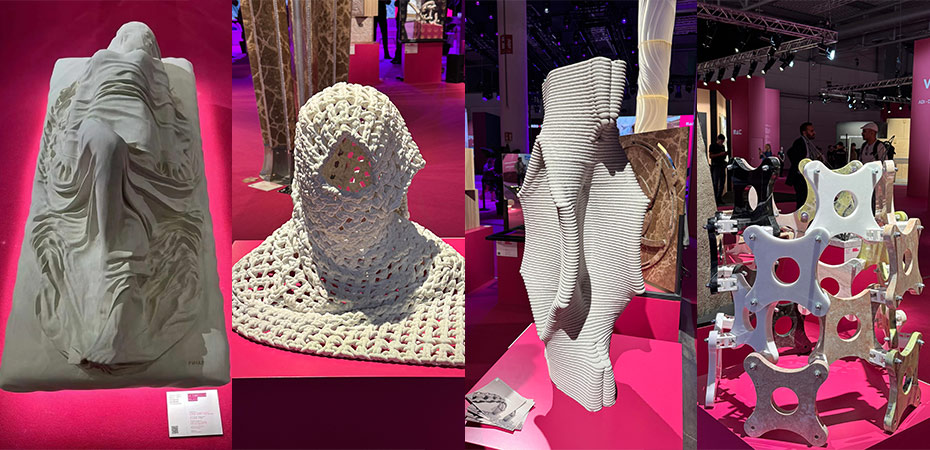
Among the most captivating exhibits were those dedicated to stone sculpture, blending traditional craftsmanship with bold modern aesthetics. Artists explored the tactile beauty of marble, limestone, and quartzite through both figurative and abstract forms.
Visitors were particularly drawn to pieces carved from Carrara marble and contemporary composites, showcasing fine detailing and emotional depth. Some sculptures were illuminated to enhance surface textures, revealing the veins and translucency of the material — a subtle reminder that nature's artistry rivals any human hand.
The dialogue between technology and tradition was also evident: robotic arms executed complex cuts once impossible by hand, yet the final polishing and finishing still required the intuition of master sculptors. This fusion of precision and soul gave the sculptures at Marmomac 2025 their defining allure.
2. Architectural Facades: Redefining the Language of Buildings
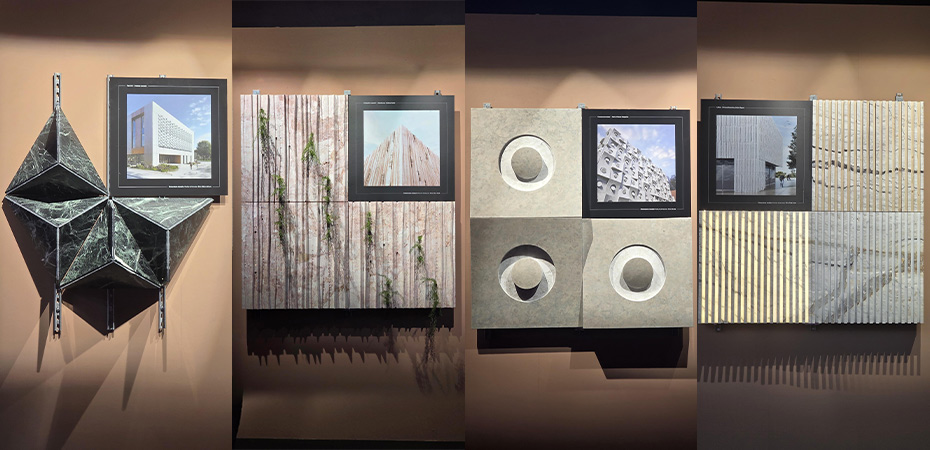
Another highlight of the exhibition was the evolution of architectural facades. Companies presented stone cladding systems that not only celebrated visual elegance but also emphasized sustainability, energy efficiency, and modular construction.
Lightweight marble panels, ventilated facade systems, and digitally modeled patterns demonstrated how stone continues to evolve as a modern architectural material. Designers experimented with geometric reliefs, textural contrasts, and subtle lighting integrations to create facades that breathe and change with natural light.
This year, several installations focused on biophilic and parametric design principles, where organic patterns mimic the flow of water or the structure of leaves. Stone, once seen as rigid and immovable, was reimagined as a living, adaptive surface.
3. Craftsmanship and Decorative Art: Stone as a Medium of Imagination
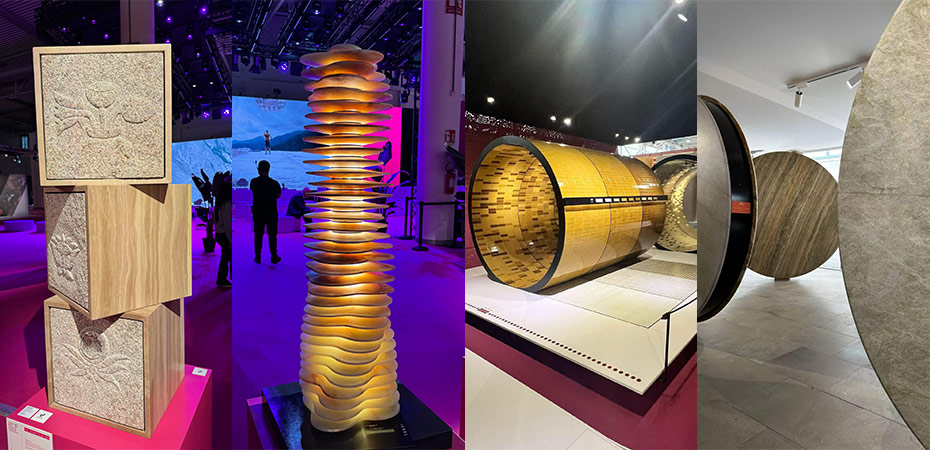
For crafts and artistic installations, Marmomac 2025 blurred the line between functional design and fine art. Decorative objects, wall panels, and relief artworks transformed raw materials into poetic statements.
Visitors encountered intricate mosaic compositions, delicate carvings, and experimental surface treatments that elevated stone into a medium of storytelling. Each piece reflected the diversity of international craftsmanship — from Italian classicism to contemporary Asian minimalism — emphasizing how marble and granite transcend cultural boundaries.
The emphasis on hand-finishing, texture, and natural variation reinforced the emotional connection between the material and its maker. For many attendees, these crafted pieces became the emotional heart of the exhibition.
4. Stone Furniture: Redefining Function with Timeless Material
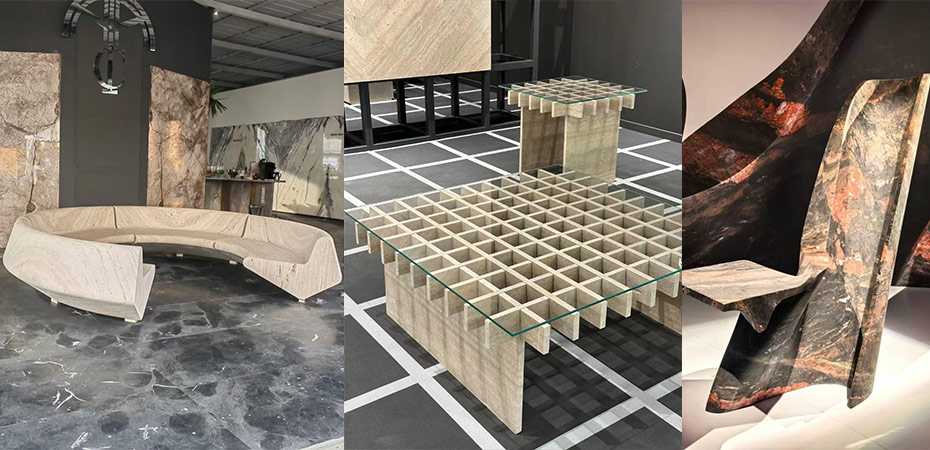
Perhaps the most surprising trend of 2025 was the rise of stone furniture. Designers showcased coffee tables, benches, sinks, and even shelving systems made entirely from marble, travertine, and quartzite.
These creations balanced aesthetic weight with structural lightness. By combining CNC precision with ergonomic design, exhibitors demonstrated how stone can achieve a modern, elegant profile suitable for both residential and commercial interiors.
The most talked-about installations featured combinations of polished and honed finishes, as well as striking contrasts between matte limestone and glossy onyx. The result was a visual and tactile experience — cold in essence but warm in expression.
5. A Broader Reflection on the Industry
Beyond the aesthetics, Marmomac 2025 reflected the growing emphasis on sustainability, resource efficiency, and traceability within the stone industry. Many exhibitors highlighted quarry-to-factory transparency, recycling initiatives, and the use of digital fabrication to reduce waste.
This convergence of artistry and responsibility underscored a vital message: the future of natural stone lies not only in its beauty but also in how consciously it is sourced and transformed.
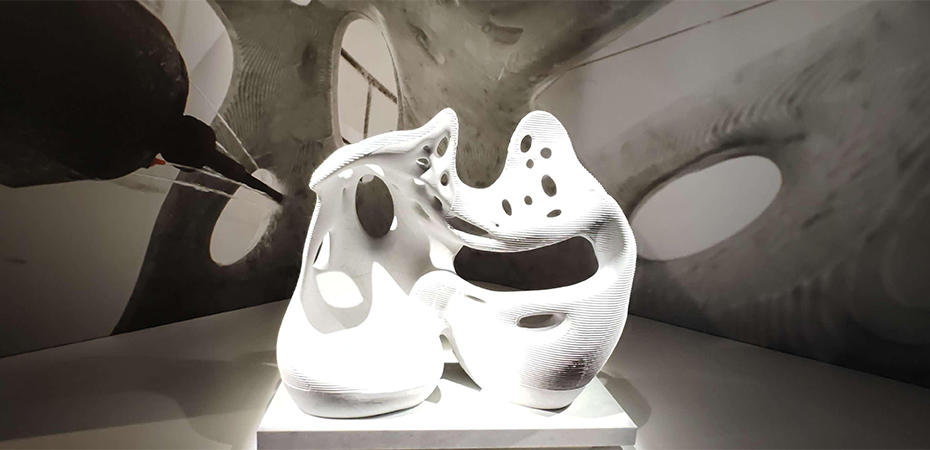
6. Stone as a Language of Timeless Innovation
The 2025 Verona exhibition captured the essence of what makes Marmomac more than just a trade fair — it is a celebration of stone as both heritage and future. Each exhibit, from monumental sculptures to delicate furniture, revealed that natural stone remains an inexhaustible source of inspiration for artists, designers, and architects worldwide.
As the halls of Verona once again echoed with creativity, one message became clear: stone is not static. It continues to evolve, adapt, and inspire — a timeless medium shaped by innovation, culture, and human touch.
